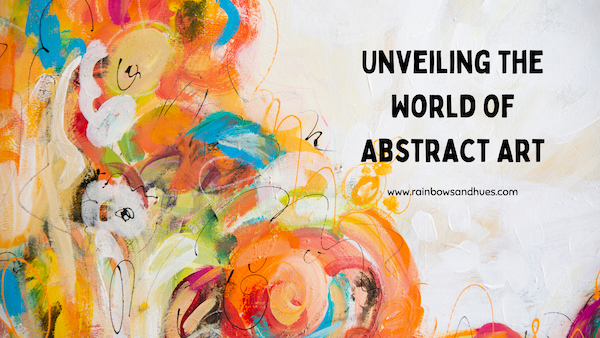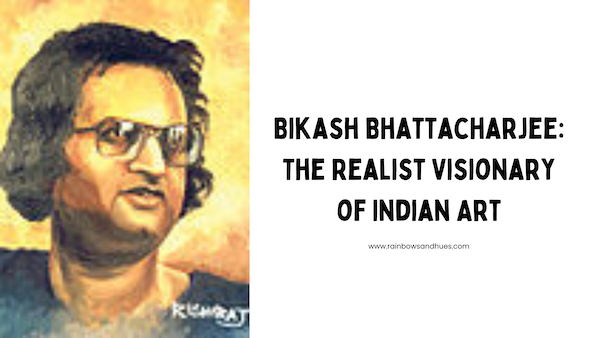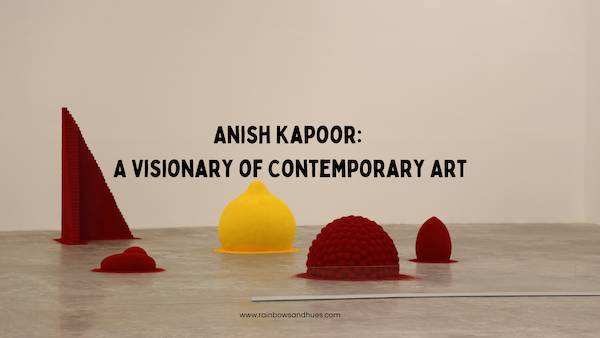Abstract art is more than just shapes, colors, and strokes on a canvas. It is a movement that dares to step beyond the conventional, challenging the viewer to see not the literal, but the emotional and conceptual. This art form speaks a universal language, transcending the boundaries of culture, geography, and perception.
The Origin Story
The roots of abstract art trace back to the early 20th century. It emerged as a reaction to traditional, representational art forms, offering a fresh perspective. Pioneering artists such as Wassily Kandinsky, Kazimir Malevich, and Piet Mondrian rejected the idea that art must depict reality. Instead, they focused on evoking emotions and ideas through abstract elements.
Also Read: The Rich World of Pithora Painting and Its Cultural Significance
Kandinsky, often called the father of abstract art, created his first abstract watercolor in 1910. He believed that art should connect deeply with the soul. Malevich introduced the concept of Suprematism, which prioritized basic geometric forms. Mondrian contributed with his exploration of “De Stijl,” a style emphasizing primary colors and straight lines. Together, these artists laid the foundation of what would become a revolutionary art movement.
Evolution Over Time
This art evolved alongside major historical and cultural changes. The chaos of World War I and II deeply influenced artists, leading to movements such as Abstract Expressionism. In the 1940s, American artists like Jackson Pollock and Mark Rothko gained prominence. Pollock’s drip paintings showcased the raw energy of abstraction, while Rothko’s large color fields invited introspection.
The movement also diversified geographically. While European artists initially dominated the scene, countries like India, Japan, and Brazil brought their cultural interpretations into abstract art. Indian artist Vasudeo S. Gaitonde, for instance, infused spirituality into his minimalist abstracts.
The Essence of Abstract Art
What makes this art unique is its freedom from representation. Unlike landscapes or portraits, abstract art doesn’t mimic the physical world. Instead, it delves into forms, textures, and compositions to communicate deeper meanings. This can be liberating for both artists and viewers. For some, a piece might evoke serenity, while for others, the same artwork might symbolize chaos.
Also Read: The Timeless Elegance of Kalamkari: A Journey Through History, Craft, and Artistry
Techniques and Mediums
This art isn’t confined to any one medium. Artists use oils, acrylics, watercolors, and even mixed media to create their works. Techniques range from bold brushstrokes and drips to delicate layering and blending. Texture plays a crucial role, often achieved by using palette knives, sponges, or unconventional tools like combs or plastic sheets.
How to Create Abstract Art
Creating abstract art is not about following rules but expressing freely. However, some principles can guide beginners:
- Choose a Theme: Start with a mood, concept, or emotion you want to express.
- Select a Palette: Decide on colors that resonate with your chosen theme.
- Experiment with Tools: Use brushes, sponges, or even your hands.
- Layer and Build: Add depth by layering colors or textures.
- Step Back: Periodically observe your work from a distance to assess its impact.
Famous Abstract Artists and Their Works
Several artists have made significant contributions to abstract art:
- Wassily Kandinsky: Composition VII is one of his masterpieces, a visual symphony of shapes and colors.
- Piet Mondrian: Broadway Boogie Woogie celebrates structure and rhythm through blocks of primary colors.
- Jackson Pollock: Autumn Rhythm showcases his signature drip-painting technique.
- Mark Rothko: His color field paintings, like No. 61, evoke profound emotional responses.
Indian artists also shine in this realm. Vasudeo Gaitonde’s untitled works, often described as visual haikus, are deeply meditative. S.H. Raza, through his Bindu series, brought a spiritual dimension to abstract art.
Unknown Facts About Abstract Art
- Kandinsky was inspired by music and referred to his paintings as “visual symphonies.”
- Abstract art was initially controversial and faced criticism for being too radical.
- It often incorporates elements of science, mathematics, and philosophy.
Also Read: Alcohol Ink Art: An Exhaustive Guide
Global Impact of Abstract Art
Abstract art has left an indelible mark on global culture. From galleries in Paris to street art in Brooklyn, it influences how we perceive creativity. Its reach extends beyond canvases, inspiring architecture, interior design, and even fashion.
In India, abstract art continues to thrive. Contemporary artists such as Ram Kumar and Rekha Rodwittiya explore themes of identity, society, and nature through abstraction. Festivals and exhibitions worldwide celebrate this genre, bridging cultures and ideas.
Why Abstract Art Matters Today
In a world saturated with imagery, abstract art offers a respite. It invites us to pause, reflect, and interpret. This art form doesn’t demand comprehension; it encourages curiosity and connection. Whether displayed in a gallery or created in your own home, abstract art resonates with our innate need for expression.
Conclusion
Abstract art is not just a genre; it is a movement of imagination and innovation. It pushes boundaries, allowing artists and viewers to explore uncharted territories of thought and emotion. As Kandinsky once said, “Color is a power which directly influences the soul.” Abstract art embodies this power, speaking to us in ways words often cannot. Whether you are an artist, collector, or admirer, the world of abstraction promises endless inspiration.
Also Read: Lippan Art: A Unique Blend of Tradition and Craftsmanship
***
Hop over to our website www.rainbowsandhues.com to explore exciting offers on arts & craft supplies on our website! Follow @rainbowsandhues on Instagram to get regular information on new products and deals!




